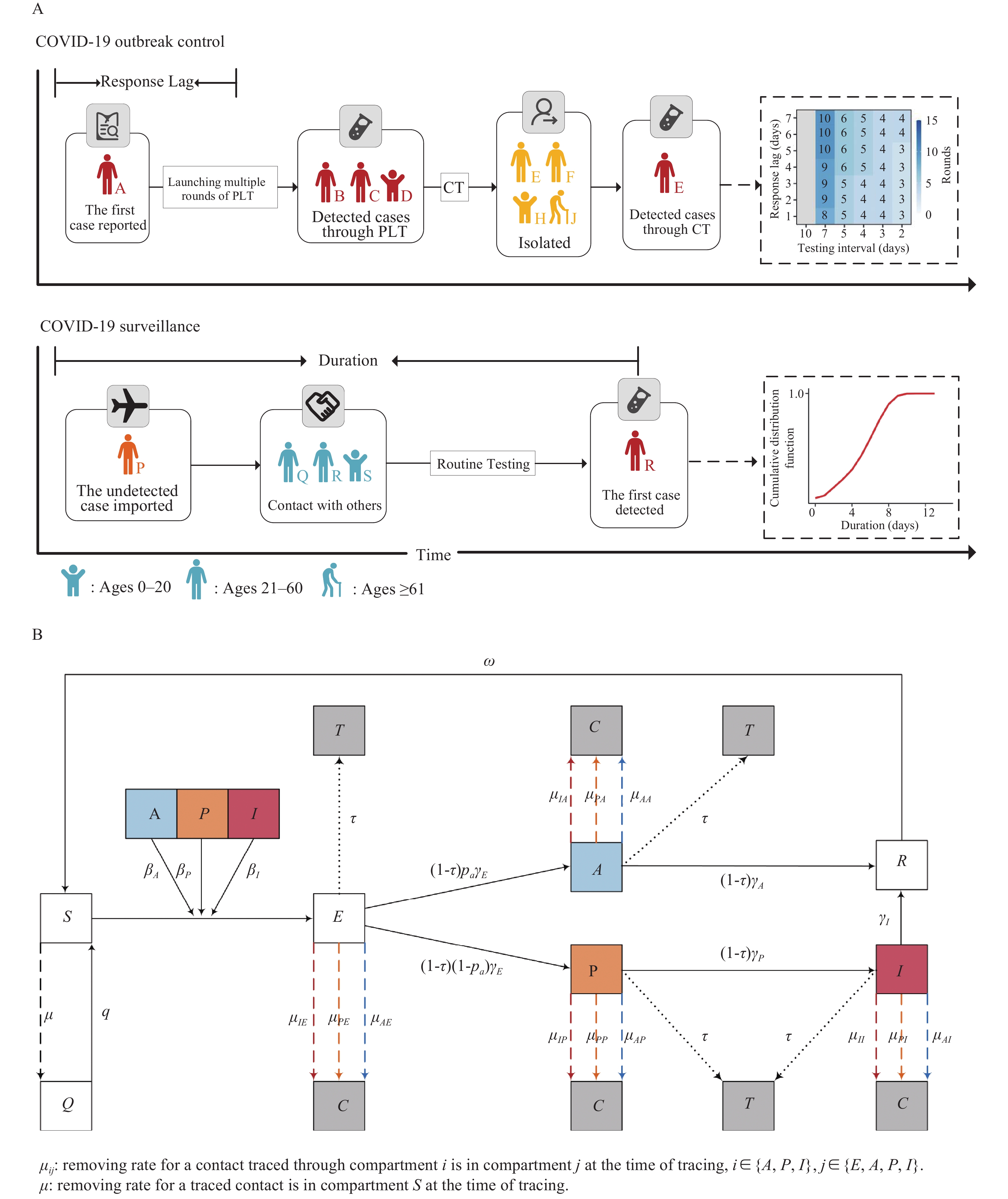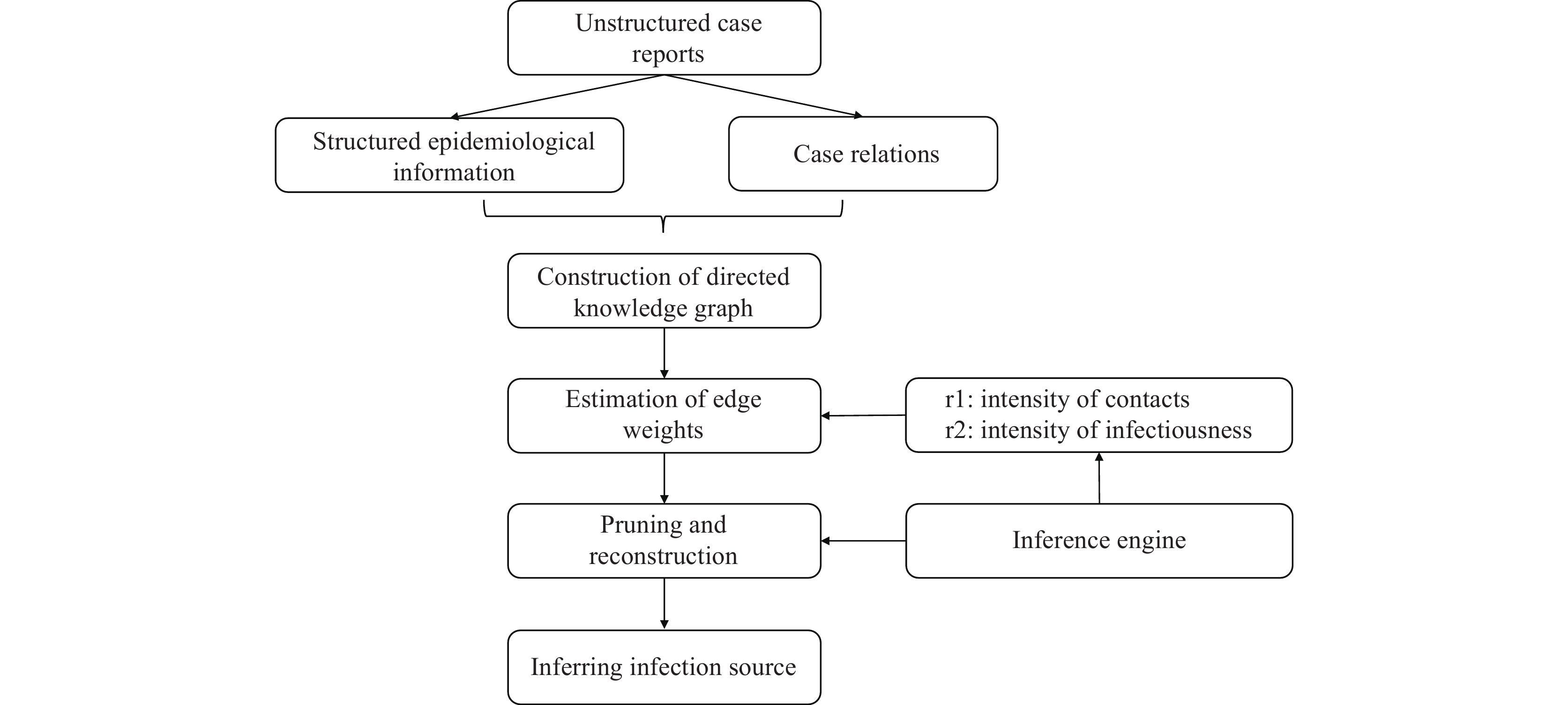2023 Vol. 5, No. 4
People are likely to engage in collective behaviors online during extreme events, such as the coronavirus disease 2019 (COVID-19) crisis, to express awareness, take action, and work through concerns.
This study offers a framework for evaluating interactions among individuals’ emotions, perceptions, and online behaviors in Hong Kong Special Administrative Region (SAR) during the first two waves of COVID-19 (February to June 2020). Its results indicate a strong correlation between online behaviors, such as Google searches, and the real-time reproduction numbers. To validate the model’s output of risk perception, this investigation conducted 10 rounds of cross-sectional telephone surveys on 8,593 local adult residents from February 1 through June 20 in 2020 to quantify risk perception levels over time.
Compared to the survey results, the estimates of the risk perception of individuals using our network-based mechanistic model capture 80% of the trend of people’s risk perception (individuals who are worried about being infected) during the studied period. We may need to reinvigorate the public by involving people as part of the solution that reduced the risk to their lives.
High-resolution data is essential for understanding the complexity of the relationship between the spread of coronavirus disease 2019 (COVID-19), resident behavior, and interventions, which could be used to inform policy responses for future prevention and control.
We obtained high-resolution human mobility data and epidemiological data at the community level. We propose a metapopulation Susceptible-Exposed-Presymptomatic-Infectious-Removal (SEPIR) compartment model to utilize the available data and explore the internal driving forces of COVID-19 transmission dynamics in the city of Wuhan. Additionally, we will assess the effectiveness of the interventions implemented in the smallest administrative units (subdistricts) during the lockdown.
In the Wuhan epidemic of March 2020, intra-subdistrict transmission caused 7.6 times more infections than inter-subdistrict transmission. After the city was closed, this ratio increased to 199 times. The main transmission path was dominated by population activity during peak evening hours.
Restricting the movement of people within cities is an essential measure for controlling the spread of COVID-19. However, it is difficult to contain intra-street transmission solely through city-wide mobility restriction policies. This can only be accomplished by quarantining communities or buildings with confirmed cases, and conducting mass nucleic acid testing and enforcing strict isolation protocols for close contacts.
The transmissibility of the severe acute respiratory syndrome coronavirus 2 (SARS-CoV-2) Omicron variant poses challenges for the existing measures containing the virus in China. In response, this study investigates the effectiveness of population-level testing (PLT) and contact tracing (CT) to help curb coronavirus disease 2019 (COVID-19) resurgences in China.
Two transmission dynamic models (i.e. with and without age structure) were developed to evaluate the effectiveness of PLT and CT. Extensive simulations were conducted to optimize PLT and CT strategies for COVID-19 control and surveillance.
Urban Omicron resurgences can be controlled by multiple rounds of PLT, supplemented by CT — as long as testing is frequent. This study also evaluated the time needed to detect COVID-19 cases for surveillance under different routine testing rates. The results show that there is a 90% probability of detecting COVID-19 cases within 3 days through daily testing. Otherwise, it takes around 7 days to detect COVID-19 cases at a 90% probability level if biweekly testing is used. Routine testing applied to the age group 21–60 for COVID-19 surveillance would achieve similar performance to that applied to all populations.
Our analysis evaluates potential PLT and CT strategies for COVID-19 control and surveillance.
Tracing transmission paths and identifying infection sources have been effective in curbing the spread of coronavirus disease 2019 (COVID-19). However, when facing a large-scale outbreak, this is extremely time-consuming and labor-intensive, and resources for infection source tracing become limited. In this study, we aimed to use knowledge graph (KG) technology to automatically infer transmission paths and infection sources.
We constructed a KG model to automatically extract epidemiological information and contact relationships from case reports. We then used an inference engine to identify transmission paths and infection sources. To test the model’s performance, we used data from two COVID-19 outbreaks in Beijing.
The KG model performed well for both outbreaks. In the first outbreak, 20 infection relationships were identified manually, while 42 relationships were determined using the KG model. In the second outbreak, 32 relationships were identified manually and 31 relationships were determined using the KG model. All discrepancies and omissions were reasonable.
The KG model is a promising tool for predicting and controlling future COVID-19 epidemic waves and other infectious disease pandemics. By automatically inferring the source of infection, limited resources can be used efficiently to detect potential risks, allowing for rapid outbreak control.



 Subscribe for E-mail Alerts
Subscribe for E-mail Alerts CCDC Weekly RSS Feed
CCDC Weekly RSS Feed


